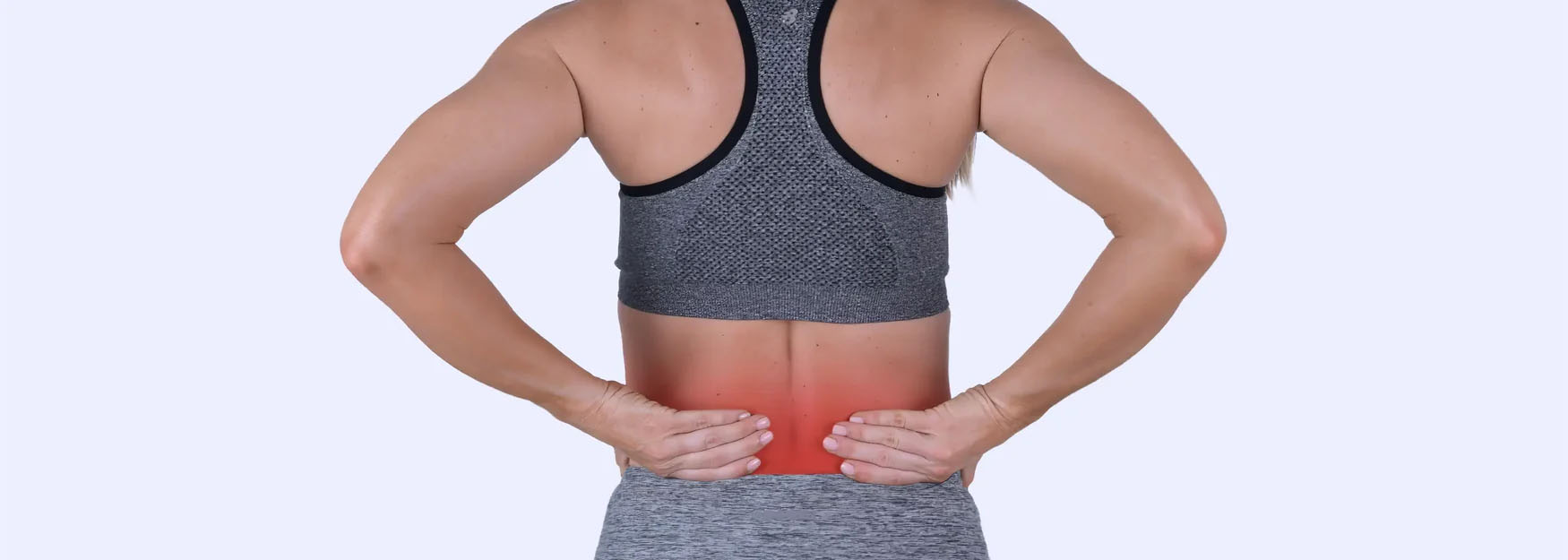Lower Back Pain Overview
Causes Risk Factors Other Symptoms Diagnosis Relief for Lower Back Pain
If you’re suffering from lower back pain, you’re not alone. In fact, almost everyone experiences pain in their lower back at some point in their lives. The difference lies in the severity and duration of the condition, which can range from mild acute aches that come and go to debilitating or chronic pain that lasts for years. Effectively treating your lower back pain is about finding the right solutions for you. Keep reading to learn what’s causing your lower back pain and the best ways to treat it.
Causes of Lower Back Pain
The sophisticated design of the lower back and spine —with its numerous discs, muscles, nerves, and ligaments — mean that this part of the body is extremely susceptible to injury.
Some of the most common causes of lower back pain include:
- Aging and natural “wear and tear”
- Herniated or bulging discs
- Lumbago, a muscular injury causing sharp pain
- Muscle or ligament strain
- Muscle knots
- Osteoarthritis, wear and tear of the joints
- Pelvic inflammatory disease, inflammation of the sexual organs that causes pain to radiate to the back
- Poor posture
- Rheumatoid arthritis, inflammation of the joints
- Sciatica, nerve pain on one side of the back
Risk Factors
While anyone can experience back pain, some people are more likely to develop it than others. Factors that increase the risk of back pain occurrence include:
- A family history of back problems
- Advancing age
- Being a smoker
- Excess body weight
- Living with arthritis, cancer, or other diseases that cause back pain
- Low level of fitness
- Using improper form when working out
Other Symptoms that Accompany Lower Back Pain
Lower back pain may be sharp and shooting or dull and aching. It can remain constant or come and go. Sometimes, the pain can radiate down your leg or to your hips or middle back. These symptoms may get worse when you lift, bend, twist, turn, or walk.
Other symptoms that often occur with lower back pain include:
- Hip pain
- Inflammation
- Reduced range of motion
- Stiffness
- Tingling or numbness (in the case of nerve pain)
Diagnosis
As there are so many reasons for lower back pain, it can sometimes be difficult to figure out the underlying issue. If you’re unsure of the exact cause of your pain, your doctor can make a diagnosis based on a physical examination and perhaps further testing.
Be sure to see your doctor if your back pain is severe, persistent, or gets worse over time. Seek immediate medical attention if you develop back pain after a fall or blow to the back, or if you also have a fever or the sudden onset of bowel or bladder problems.
Finding Relief for Lower Back Pain
Depending on the cause and severity of your lower back pain, there are several treatment options that can help you find relief. If you’re suffering from lower back pain, continue through our guide to learn safe ways to treat, relieve and prevent it.






